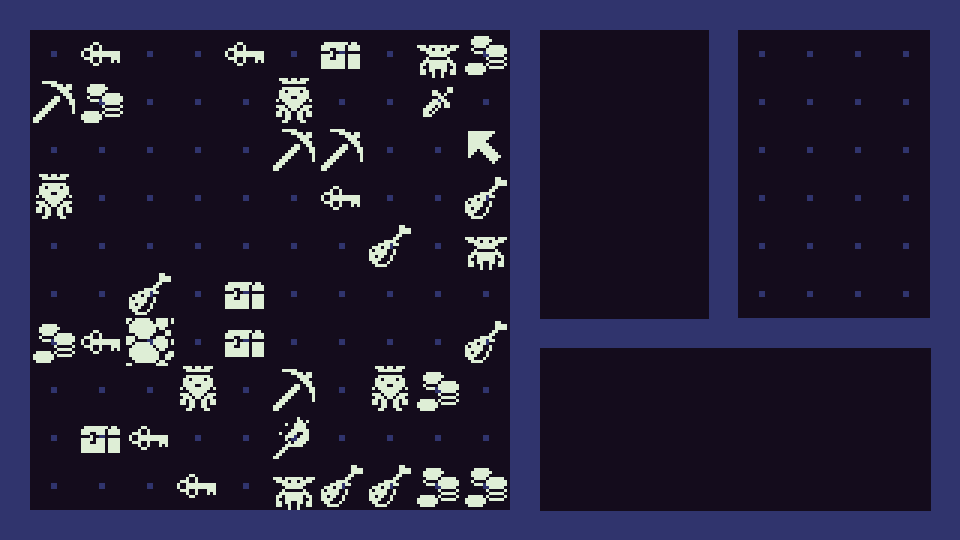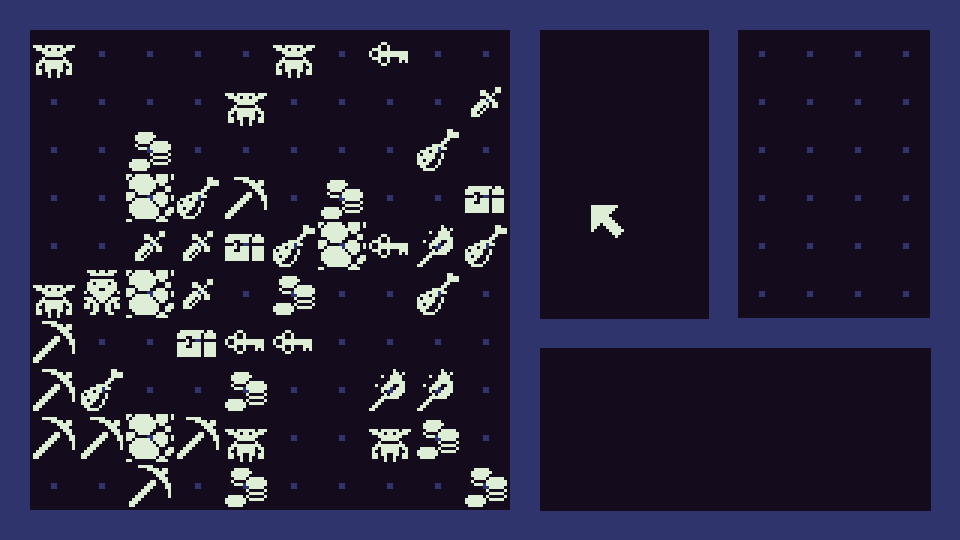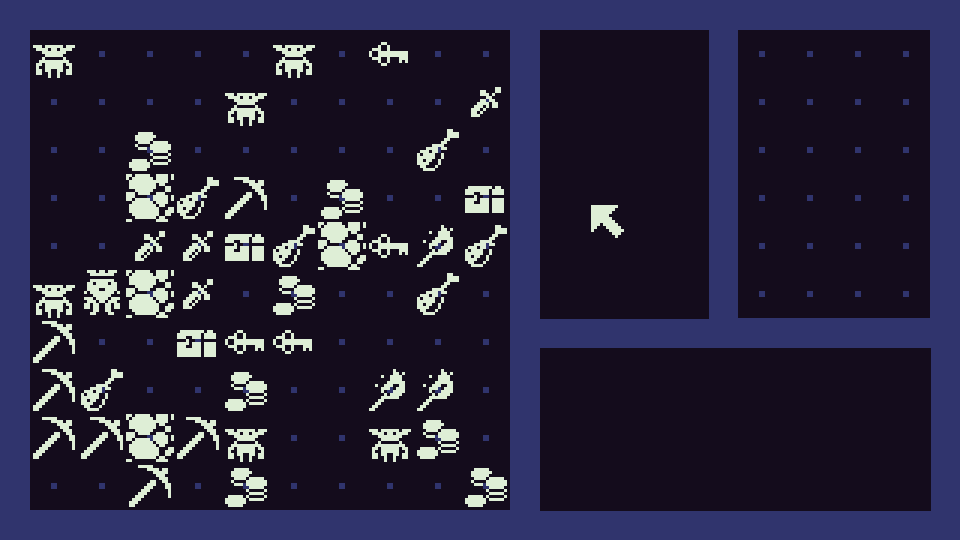I'm Making a Roguelike


I started making a roguelike a few days ago.
Journey
For the past few years, I've really wanted to get deep into a roguelike like Caves of Qud, Dwarf Fortress, or NetHack. The richness of these games has always appealed to me, but playing them has never fulfilled my high expectations.
I broke through numerous barricades during my quest to finally enjoy one of these things—Caves of Qud, to be specific—I bought a proper keyboard with a numpad, I watched multiple lengthy gameplay videos made by knowledgeable players, I thoroughly read through the included documentation and memorized many keyboard shortcuts, and I even downloaded a mod designed to assist new players. I really wanted this!!
And then it finally clicked! I finally got past the biggest hurdle of traditional roguelikes—Basic level mastery of the controls and user interface! Hurray!
Impetus
As of today I've sunk just over 12 hours into Caves of Qud, and that isn't actually very much. I'd hoped that I'd be able to put hundreds of hours into this game after finally overcoming the controls. I really love certain moments of Qud, but find much of the core gameplay somewhat dull.
For the record, I actually think Qud is really good and will play more. I just want something more my speed.
I've spent some time trying to identify the things that keep me from enjoying Qud. It's really just one thing:
- Moving around is tedious. Levels are huge and samey—regularly pressing the auto-explore hotkey quickly became a habit. The high points are truly wonderful, but many players will never get to that point.
The Diorama Roguelike
A Diorama Roguelike is something I just made up:
- A diorama is a single grid of cells, the entirety of which is displayed at all times with no need to scroll a camera.
- The game is one-way linear. New dioramas are generated on demand—old dioramas are discarded and cannot be returned to.
- The player-controlled character can be perceived and acted on by objects in the diorama, as well as the player themselves, but the player-controlled character does not occupy physical space on the diorama.
- Objects in the diorama cannot move without some action by the player.
- All gameplay-necessary interfaces must be on screen at all times.
- The mouse is the primary form of input.
If you're not following, I've made a game that meets this criteria before—it's called Gemygo. You can think of it as the baby version of what I'm hoping to make now.
9 Till Void—and its predecessor, Nine till Void—are both close to diorama roguelikes, but the player taking occupancy within the dioramas disqualifies both games. Maybe this is a reason why these games aren't as fun as I wanted them to be?
Diorama games already exist. Glimby, by thecatemites, is my favorite. My provided definition is specific to a roguelike.
Why
A diorama roguelike does the following things:
- It puts all necessary game elements in front of the player's eyes. If it can't be seen, it doesn't exist.
- It mostly removes the positional element of the player-controlled character and all objects in the diorama.
A diorama roguelike is toy-like. Click something—it reacts. Click that same thing while under different conditions—it reacts differently. This is something that Spelunky does masterfully, and I'll be happy to create a game half as playful and surprising as Spelunky.
The Game
Here's some gifs that summarize where the game is at so far. It's in the early stages, and this post is long enough already, so I'll save the finer details for a future post.


Blog
Personal Blog
| Status | In development |
| Category | Other |
| Author | Ben Allen |
More posts
- Become the Moon PostmortemAug 07, 2025
- Become The Moon DemoMar 08, 2024
- End of Year UpdateJan 01, 2024
- Entering ProductionNov 02, 2023
- A Small AnnouncementOct 10, 2023
- WowSep 18, 2023
- Shuffle DraftSep 05, 2023
- August UpdateAug 27, 2023
- Gameplay Video DemoJul 24, 2023
- Back to Work!Jul 20, 2023
Comments
Log in with itch.io to leave a comment.
It's really weird for me to think of a game like this without a player navigating through the space, but watching the gifs and the mouse move the items to interact with the scene really satisfies some part of my brain.
I feel like an advantage to this toy-like approach is really encouraging self-paced low stakes exploration of the scene and mechanics. Excited to see you explore this concept!